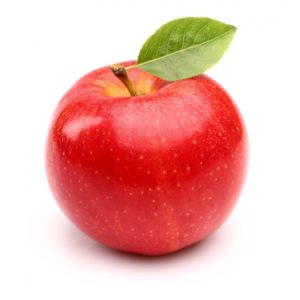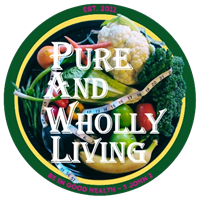 Whether you’re trying to lose weight or simply focus on a heart-healthy eating regimen, a growling stomach can interfere with your eating goals. Hunger is a normal body reaction and survival mechanism. But in today’s environment of ample food availability, hunger can lead us to over-consume foods, especially those that aren’t so healthful.
Whether you’re trying to lose weight or simply focus on a heart-healthy eating regimen, a growling stomach can interfere with your eating goals. Hunger is a normal body reaction and survival mechanism. But in today’s environment of ample food availability, hunger can lead us to over-consume foods, especially those that aren’t so healthful.
Appetite control is a very complex issue; your body’s over-arching goal is to maintain a balance of energy in vs. energy out, and will send you a powerful hunger signal when it needs energy. Other issues also come into play, which may encourage you to eat even when you’re not hungry — triggers that tempt you to eat, emotions, easy access to food, and even large portion sizes. However, research is starting to shine the light on how your daily food choices can help you feel more satisfied. Here are some of the most promising diet strategies.
Choose solids over liquids.
Several studies have shown that when you consume calories in the form of beverages, they do not provide the same sense of satiety (fullness). A whole apple, for example, increases satiety more than applesauce or apple juice, according to a study published in Appetite. Research also suggests that when you consume high-calorie sweetened beverages, like soda, you don’t feel full or cut back on calories at the meal. “Food form is an important determinant of satiety value. Beverages are really not effective, they don’t have strong satiety value,” says Richard Mattes, MPH, PhD, RD, a satiety expert and professor at Purdue University.
Push low-energy, high-volume foods.
Starting your meal with a low-energy (or low-calorie) soup or salad may be effective at helping you feel fuller and reducing calorie intake during the meal, according to some studies. It makes sense that if you eat more low-energy, high-volume foods, such as fruits and vegetables, you will feel more satisfied with a fewer number of calories. However, Mattes cautions that this all boils down to energy balance. “If you displace high-energy-dense foods with fruits and vegetables, then it can lead to negative energy balance, but if you simply add these foods to your diet, you’ll gain weight.”
Fill up on fiber.
Growing data suggests that increasing your fiber intake — through whole grains, legumes, fruits, vegetables, nuts and seeds — can help you feel more satisfied, by increasing the amount of chewing time, promoting the secretion of saliva and gastric juices that lead to stomach expansion, and reducing the absorption time in the gut. A 2013 review in the Journal of the American College of Nutrition found that 39 percent of studies using fiber treatments significantly reduced appetite, and 22 percent reduced food or energy intake.
Power up on protein.
Mattes reports that protein is probably the most promising nutrient for satiety. A scientific review published in The American Journal of Clinical Nutrition reported that protein generally increases satiety to a greater extent than carbohydrates and fat, and that a moderate increase in protein intake, along with physical activity and an energy-controlled diet, can help in weight loss. Including lean meats, poultry, fish, low-fat dairy, eggs, legumes, nuts or seeds in each meal may be a good strategy to control appetite.
Make filling food choices.
It may be helpful to fuel your day with particular foods — rich in protein and fiber — to reduce hunger. “Nuts have been demonstrated to have a strong satiety value. They have fat, fiber and protein, and they are crunchy,” says Mattes. Studies also have found that low-fat dairy foods — rich in protein and moderate in calories — may increase satiety. And whole grains, such as cereals, breads and legumes, including beans, lentils and soy — naturally high in fiber, as well as protein — have been linked to appetite control.
Time your meals.
Skipping meals — especially breakfast — can lead to hunger and higher energy intake over the day. Small frequent meals may work for some people, but it’s not a guarantee, according to Mattes. He suggests: “It’s important to get a good handle on the amount of energy one consumes; see which times in the day are problematic, and structure the eating pattern to address that. It will differ from person to person, depending on your busy times and triggers.”
If you find that you are especially vulnerable to hunger during specific times of the day, such as mid-morning or mid-afternoon, that’s when you should plan a high-fiber, high-protein snack.
Credit: Environmental Nutrition
